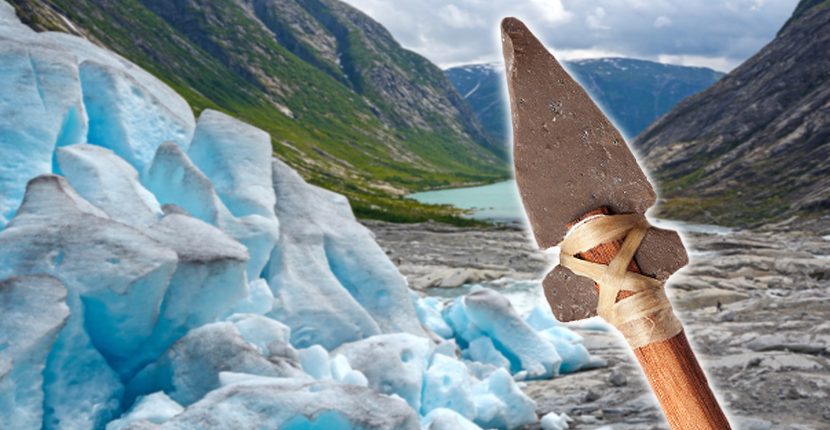Beautifully-preserved Iron Age artifacts have been discovered underneath giant Norwegian glaciers. Usually we go to natural history museums and art galleries to glimpse our collective past — to see what our forefathers looked like, what they considered important, the issues that preoccupied them, and how they lived.
But no matter how many portraits we see or how many objects we gaze at, they are almost always tattered, broken, and faded. They are usually preserved under glass so that the ravages of age don’t spoil them or degrade the material of which they are made, at least any more than they already were when first found.
It’s a different story, however, when artifacts have been stored in ice. When that occurs, the ice freezes the artifacts almost perfectly, which gives researchers a deeper understanding of their origins and uses, and enables scientists to correctly identify the community to which they belonged.
In Norway, there is permafrost and glaciers that do this preservation work. Last year, archaeologists from the U.K. and Norway discovered more than 2,000 artifacts from Norway’s glaciers, and the finds have given scientists keen insights into the people who lived in the area centuries ago. The study is called the “Secrets of the Ice Project,” and it is operated under the auspices of the Glacier Archaeology Program.
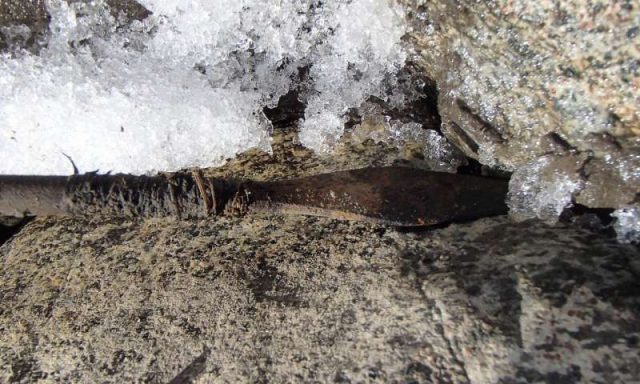
Lars Pilo, who is co-director of the Glacier Program, told a reporter from Newsweek last year that the discoveries are more than comprehensive and fascinating; they are, he noted, extraordinary. Some of the artifacts date as far back as 4,000 B.C. and include Viking swords, clothing, and even wooden skis that didn’t degrade because of the ice. “In the glaciated mountain passes, you can find basically anything,” he noted.
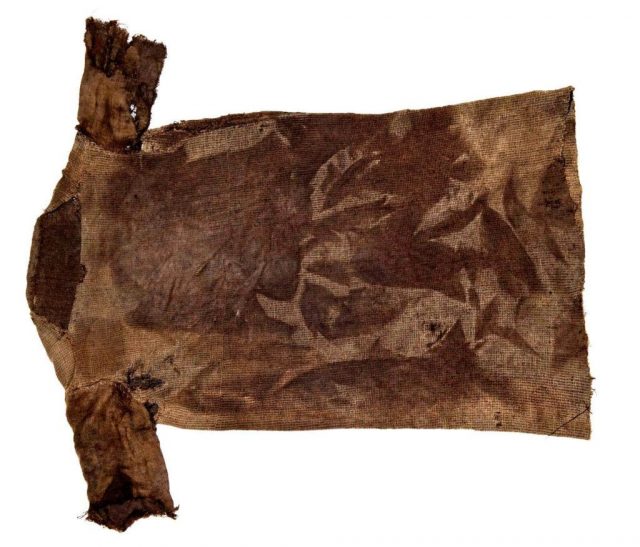
During the past two years, archaeologists have collected information about the artifacts that allows them to specifically date their origins. More than 150 items have been painstakingly examined at the University of Cambridge in England, and the work is still ongoing.
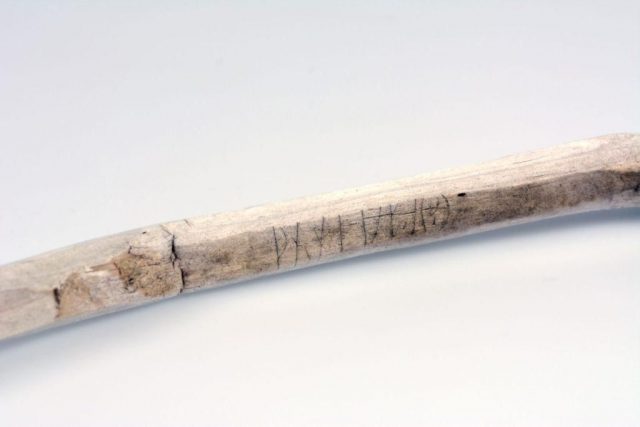
Researchers have come to learn much about the people who lived in this mountainous region and gained insight into their habits and skills, such as reindeer hunting. Between the 8th and the 10th centuries, reindeer were heavily hunted; after that, much less, in all likelihood because the communities realized the herds were dwindling, and they needed to stop relying on them so much. Then, later, the reindeer population rebounded. This kind of information is sorely needed when scientists are struggling to understand not just a people, but a way of life.
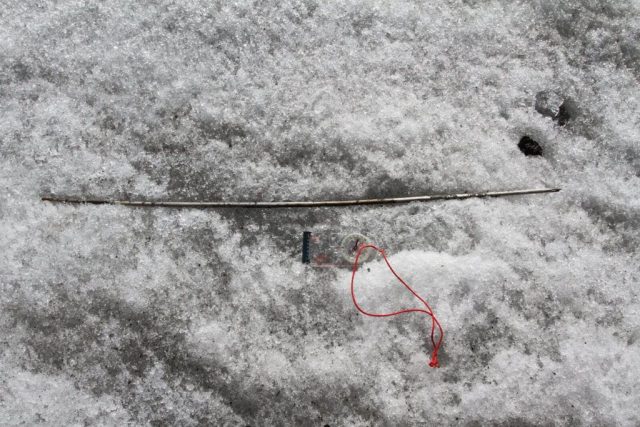
The project, although incredibly fruitful already, is ongoing. More treasures under the ice remain undiscovered, and the team that comprises the “Secrets of the Ice Project” plan to continue digging, excavating, and discovering important aspects of Scandinavian history.
It’s not solely ancient artifacts that rest beneath the world’s ice, either; men’s bodies from the Great War have been discovered in the Alps, and mummified remains were recovered when the ice retreated in the Andes Glaciers. Even Alaska has given up a treasure trove of goodies for scientists. Two years ago, more than 2,500 tribal masks and baskets were found, all of which dated back four centuries.
Related Article: Iron Age Chariot Burial Site Found – Complete with Horse and Rider
How many more Iron Age artifacts the “Secrets of the Ice Project” will uncover remains to be seen, but one thing is certain: the more scientists learn about Scandinavian history, the more that knowledge will inform Norway’s future and help communities understand how and where their ancestors lived. And knowing where we’ve come from is an important aspect of understanding where we are headed.
